
Amazon US Site DOE Certification Process
On February 18, 2025, Amazon US implemented the mandatory “DOE Certification” regulation, sending shockwaves through the seller community like a bombshell.
In a single night, non-compliant products were removed from shelves, massive stock freezes and greyed-out listings emerged, and sellers even faced potential account risks.
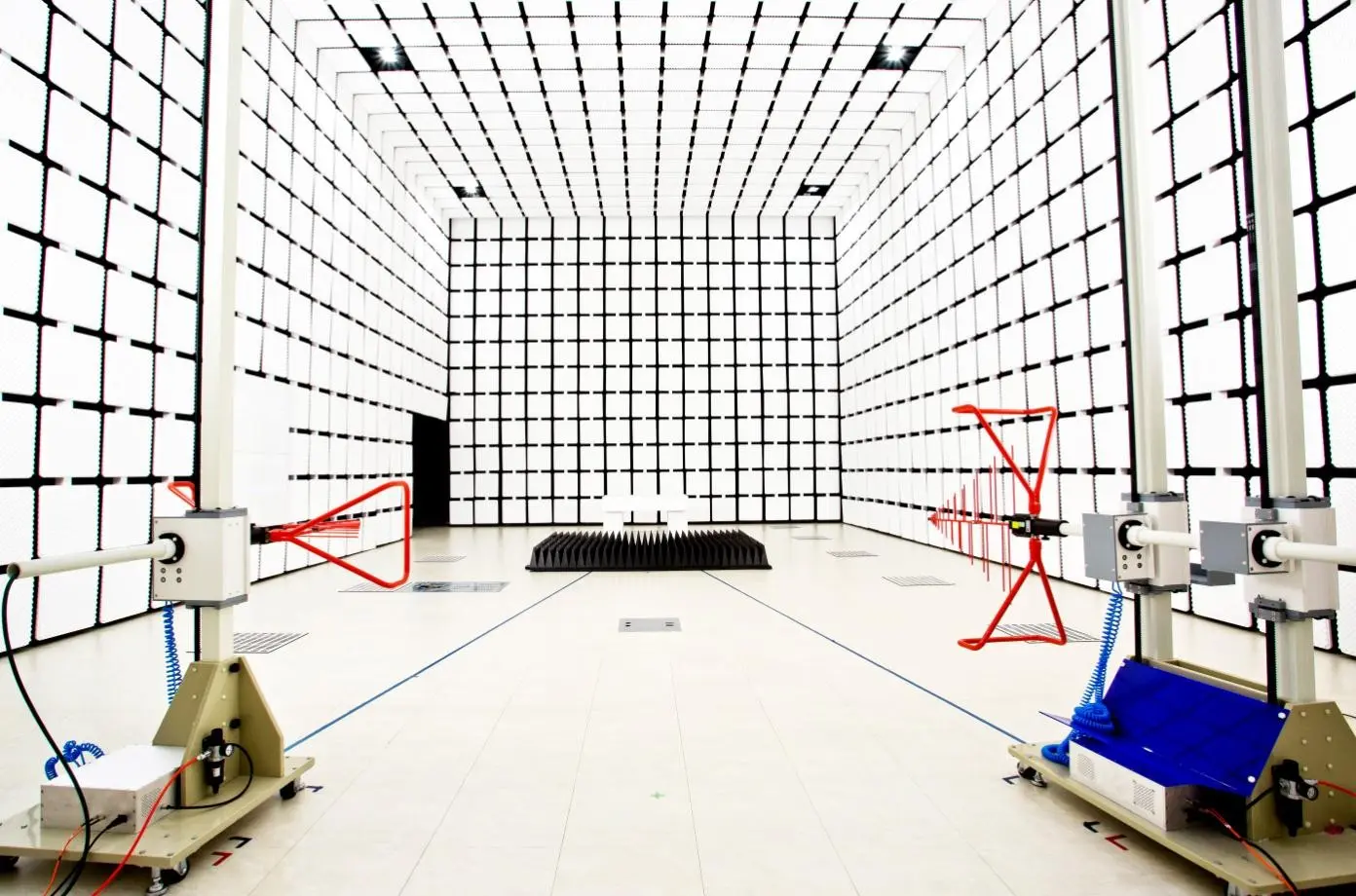
The new regulation covers a wide range of products, including home appliances, lighting, power equipment, and consumer electronics, with air conditioners, refrigerators, LED lights, chargers, televisions, and more being particularly affected.
Even products with terms like “energy-saving” or “low power consumption” in their descriptions—regardless of whether they’re on the DOE list—could be mistakenly removed by Amazon's system.
Many sellers have faced inventory backlog, cash flow difficulties, and operational paralysis.
One seller dealing in home appliances said, “This batch of goods is worth hundreds of thousands of dollars, and now it’s all stuck in the warehouse, cutting off my cash flow and disrupting future operational plans.”
Others reported sharp drops in rankings, drastic decreases in traffic, and wasted advertising spending, resulting in significant losses.
What is DOE Certification?
1. Definition and Purpose
DOE Certification, issued by the U.S. Department of Energy, is a mandatory certification for the U.S. market.
It is based on U.S. federal regulations aimed at promoting energy efficiency and reducing emissions, helping consumers save electricity and reducing energy consumption, which contributes to decreasing greenhouse gas effects.
Products passing the certification must meet the Energy Policy and Conservation Act (EISA) and include a DOE energy label, providing consumers with a clear understanding of the product's energy efficiency.
2. Importance of Certification
For sellers, obtaining DOE certification has numerous benefits.
It acts as a “passport” for a product’s legal entry into the U.S. market; only certified products can be sold legally, avoiding the risk of product bans due to non-compliance.
Moreover, this certification enhances product competitiveness, as consumers often prefer energy-efficient, quality-guaranteed products.
Completing DOE certification also reduces operational risks for sellers, helping avoid fines or product removals, ensuring long-term stable operations.
Key Points of the New Regulation
1. Scope of Affected Products
The new DOE certification regulation covers a wide range of common electronic and electrical products.
Apart from the mentioned home appliances (e.g., air conditioners, refrigerators, washing machines, air purifiers), lighting (LED lamps, fluorescent lights, rectifiers), power equipment (chargers, power adapters), and consumer electronics (televisions, set-top boxes, DVD players), it also includes heating and cooling equipment (central air conditioning systems, heat pumps, portable air conditioners), bathroom products (faucets, showerheads, toilets), as well as items like boilers, ceiling fans, dehumidifiers, dishwashers, and pool heaters.
Notably, plumbing and bathroom products are now under stricter scrutiny, with new testing standards already in effect, modifying the testing procedures for faucets, showerheads, toilets, and urinals.
Platform Enforcement
Amazon has shown strong determination in enforcing the new regulation.
Since February 18, 2025, Amazon has begun mass removal of non-compliant products, marking listings as "Currently Unavailable," effectively halting sales.
Moreover, Amazon will continue rigorous checks, opening a whistleblower channel that encourages sellers to report non-compliant products.
Violators will face not only product removals but also warnings, fines, and potentially more severe penalties.
In extreme cases, sellers might be scrutinized by the U.S. Department of Energy, facing fines up to $200,000, permanent account bans, and the complete delisting of non-compliant products, which can be a business-ending disaster.
Seller Response Strategies
To survive this regulatory storm, sellers must act swiftly and take effective measures to navigate the crisis and safeguard their business.
1. Self-check and Confirmation
Sellers should first log into the U.S. Department of Energy's official website and carefully check the “Covered Products” list to confirm if their products fall under the certification scope (or consult a third-party testing agency for confirmation).
Also, carefully review the product removal notice from Amazon and confirm if the cause is “missing DOE certification.” If the product is wrongly removed, sellers should not panic but prepare the necessary technical documents (e.g., product manual, design diagrams) and appeal to Amazon, explaining the product’s true nature to restore its listing.
2. Complete Certification Registration Quickly
Note: If unsure about the process, sellers can seek help from service providers or testing agencies.
After confirming the need for DOE certification, sellers should immediately contact a compliant laboratory for testing.
Choose a professional organization to shorten logistics and testing cycles and accelerate the certification process.
During the waiting period, sellers should pre-fill product information (model, manufacturer, etc.) in the DOE's CCMS system for early registration.
Once the test report is received, immediately upload it to the CCMS system to generate the registration number.
It’s essential that product labels, test reports, and information on Amazon match precisely, even down to case sensitivity and symbols.
If the product is upgraded (e.g., changing key components), it must undergo re-testing and re-registration to ensure continued compliance.
Appeal Process Tips
After completing certification, sellers should file an appeal in Amazon Seller Central to restore their product listings.
The process is as follows: Seller Central → Performance → Account Health → Product Compliance Request → Submit Proof.
Required documents include:
- DOE Test Report (in PDF format)
- Screenshot of successful CCMS registration (with model number and registration number clearly visible)
- A clear image of the product’s energy efficiency label.
To improve appeal success, sellers can use the following template:
Subject: Urgent Request to Restore ASIN [XXX] - DOE Certification Completed
Content: Dear Amazon Team, ASIN [XXX] has passed DOE certification (Registration Number: [XXX]). Please find attached the complete proof documents. Kindly restore the listing as soon as possible.
Best regards, [Your Team Name].
Traffic Recovery Actions
Once the product is restored, sellers should quickly take steps to recover traffic and minimize losses.
First, prioritize brand ads and product promotions to recall old customers and increase exposure.
Also, run limited-time promotions (e.g., Coupons, Prime-exclusive discounts) to stimulate consumer interest and improve conversion rates.
Don’t forget to optimize the product page, subtly adding “DOE Certified” labels in titles and bullet points, reinforcing product compliance and quality assurance to enhance customer trust and attract more potential buyers.
Long-term Compliance Strategy
While addressing the immediate crisis is critical, sellers must also establish long-term compliance strategies to maintain competitiveness in the future.
1. Supply Chain Management
When selecting suppliers, sellers should factor in DOE certification requirements and prioritize suppliers who can provide DOE-certified products.
Agreements with suppliers should explicitly require compliance with DOE standards, with clear responsibility and compensation clauses.
Suppliers should retain test reports for each batch to quickly traCE certification and quality information when needed.
This ensures product compliance and quality stability.
2. Dynamic Monitoring Mechanism
Sellers should regularly check the U.S. Department of Energy’s website and Amazon’s policy updates.
Subscribe to Amazon policy emails and DOE alerts to stay informed of the latest regulations.
Additionally, using professional compliance management tools can help track certification validity and alert sellers when renewals are needed, preventing expired certifications from affecting sales.
3. Building Consumer Trust
After obtaining DOE certification, sellers should prominently display the certification information on product detail pages.
Add the DOE certification icon and include the certification number for consumer verification.
Upload screenshots of the test report to provide transparency regarding energy efficiency.
Sellers can also use videos and posts to educate consumers about the energy-saving benefits, such as “Using this product saves [X] kWh annually,” linking the product to environmental awareness and boosting consumer trust.
FAQs
To help sellers better understand and respond to the new DOE certification rules, we’ve compiled some frequently asked questions:
What should I do with inventory after my product is removed?
You can create a “Remove Order” to transfer the inventory to a third-party warehouse.
After completing DOE certification, relabel and re-enter the warehouse to apply for reinstatement.
How long does DOE certification take? Is there still time to fix this?
DOE certification generally takes 2-4 weeks.
Expedited services can shorten this.
Sellers should start the process immediately and appeal simultaneously to restore their listings as quickly as possible.
Can multiple ASINs use the same certification if they share the same model?
Yes, as long as the manufacturer information matches across all ASINs.
Verify product information to avoid certification invalidation.
What if my appeal is rejected?
Check for discrepancies in the submitted information, such as product model spelling or mismatched test reports and registration screenshots.
Once corrected, submit an appeal again with a detailed explanation.
Embrace change and comply for success!
The introduction of the DOE certification regulation for Amazon US brings substantial challenges to sellers, but it also presents new opportunities.
In this compliance-driven era, only those who act proactively and swiftly will stand out in the fierce market competition.
We hope this article provides sellers with actionable strategies to successfully pass DOE certification and bring their products back to life.
Feel free to share your experiences and tips in the comments so we can support
Email:hello@jjrlab.com
Write your message here and send it to us
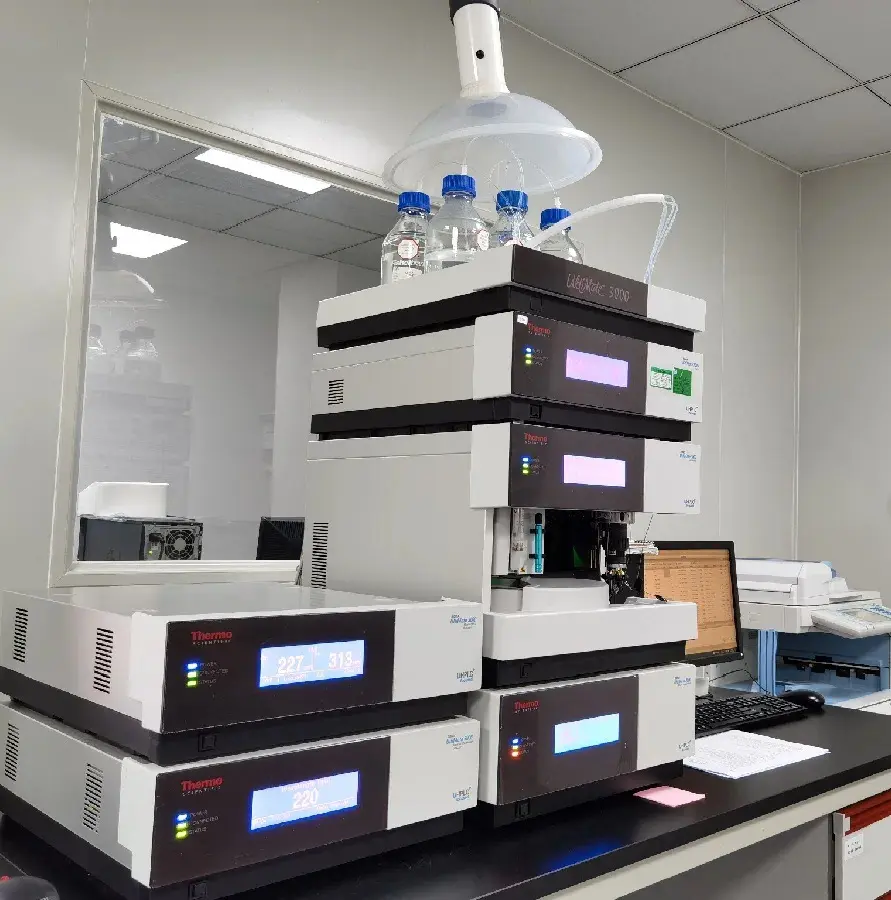 Packaging Validation ISO 11607 Test Report
Packaging Validation ISO 11607 Test Report
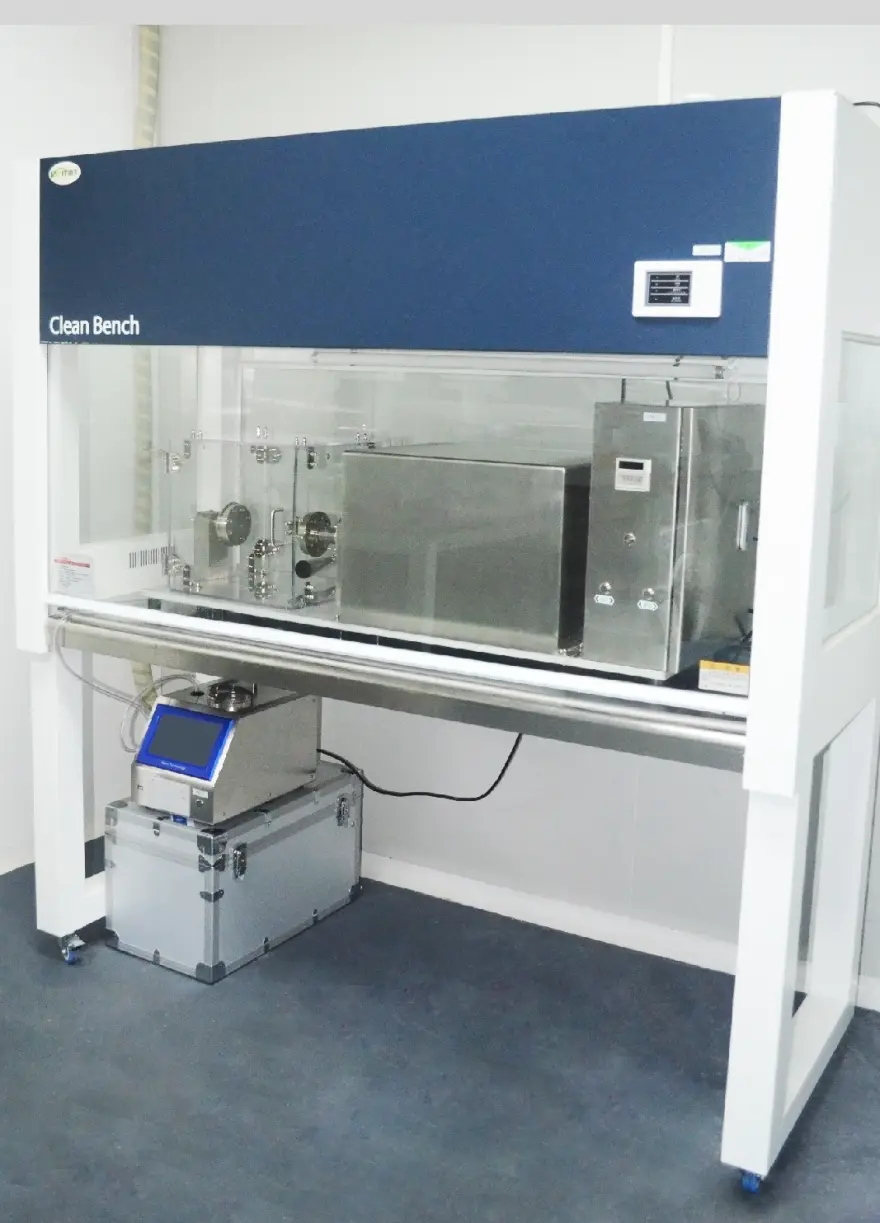 What is the ISO 11607-1 Packaging Validation Test?
What is the ISO 11607-1 Packaging Validation Test?
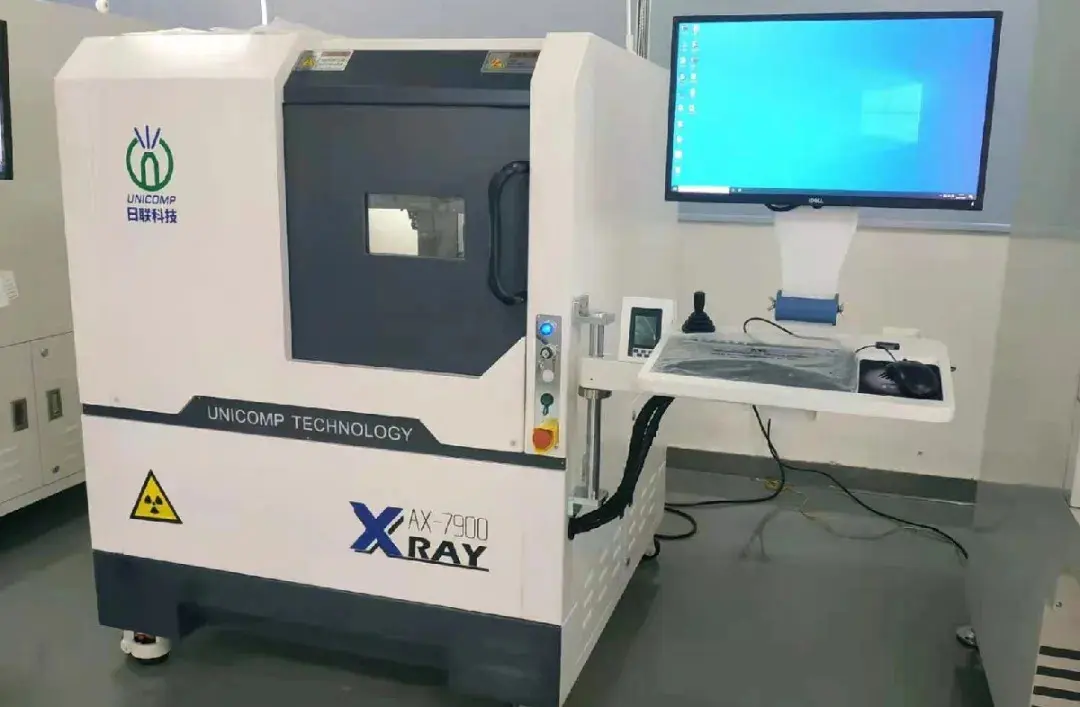 How to get an ISO 11737-1 Test Report?
How to get an ISO 11737-1 Test Report?
 Orthopedic Implant Cleanliness Testing
Orthopedic Implant Cleanliness Testing
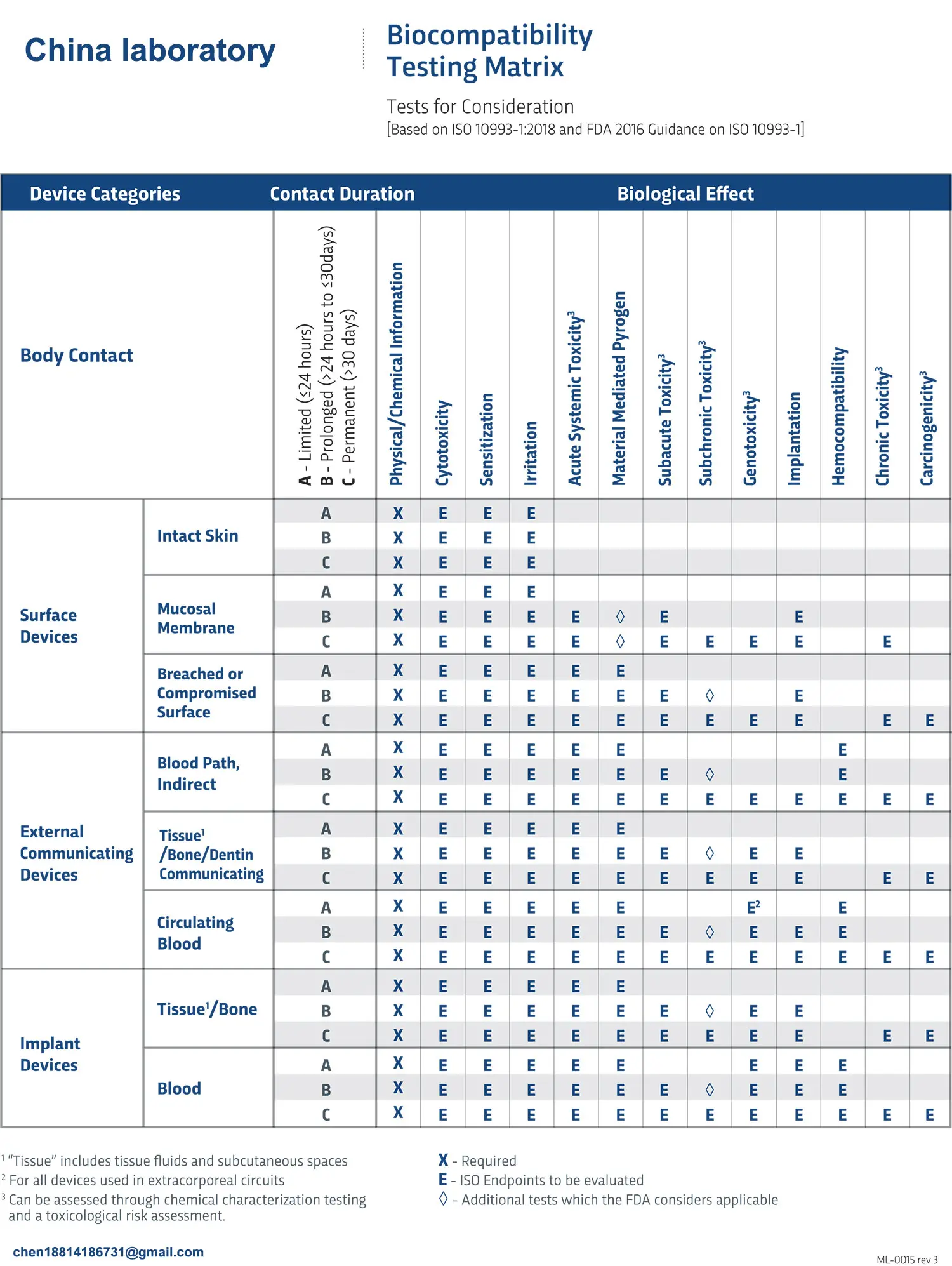 What is ISO 10993-23:2021 Irritation Testing?
What is ISO 10993-23:2021 Irritation Testing?
 ISO 10993-23 Irritation Testing Laboratory
ISO 10993-23 Irritation Testing Laboratory
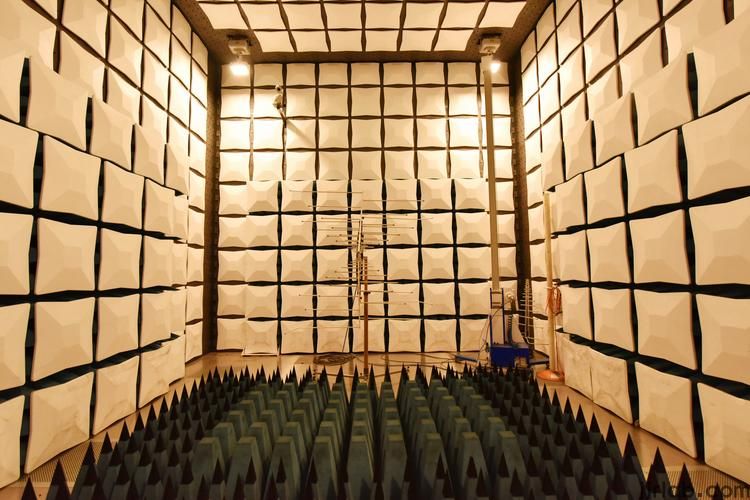 EMI Emissions Testing
EMI Emissions Testing
 EMC Standards for Medical Devices
EMC Standards for Medical Devices
Leave us a message
24-hour online customer service at any time to respond, so that you worry!




